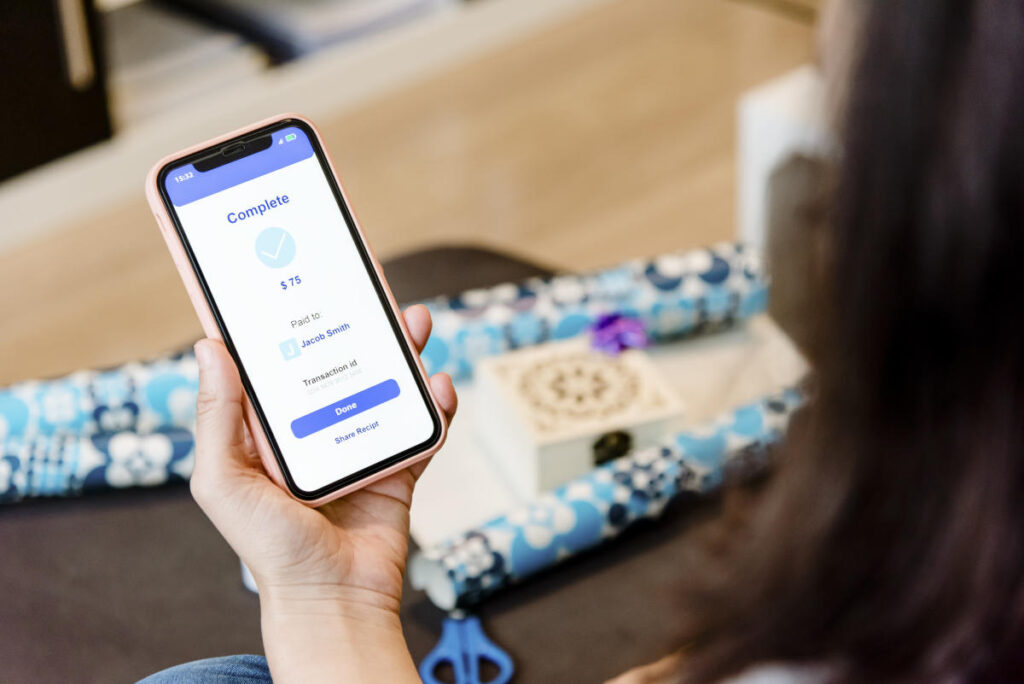Sending money via payment apps can be simple and instant, akin to handing out cash. However, this convenience comes with a risk: sending money to the wrong person. If such a mistake occurs, recovery is not guaranteed. Payment platforms and banks typically do not provide aid for accidental transactions, leaving the sender to request a refund directly from the erroneous recipient. In contrast, when scams occur—wherein the sender believes they are purchasing goods or services but ends up getting cheated—there is a potential for banks to assist in such cases. As peer-to-peer (P2P) payment systems grow in popularity, the requisite precautions and knowledge of how to handle these mistakes have become critical.
For users of Cash App, the process to recover funds sent to the wrong person can be arduous, given the platform’s policy that does not mandate intervention for accidental payments. Once a transaction is completed, typically instantaneously, recourse is limited to appealing to the recipient for a refund. The steps to request a refund include accessing the Activity tab, selecting the appropriate transaction, and reporting the issue within a specified timeframe. The lack of safety protocols for these mishaps underscores the need for users to remain vigilant and confirm recipient details before completing transactions.
When using Zelle, users might have more options to resolve incorrect payments. However, Zelle itself only allows payment cancellation if the recipient hasn’t enrolled in the service. To cancel an erroneous transfer, users can log into their bank and select the cancellation option if it’s still available. If cancellation is not an option, directly contacting the recipient for a refund is advisable or, alternatively, pursuing assistance from the user’s bank. Financial institutions may offer some consumer protection, particularly in cases of fraud, reinforcing the importance of understanding the nuances of each platform’s policies.
Venmo provides distinct remedies based on the transaction status. For pending payments, users have the option to reclaim funds through the app. For payments made to friends or family, a charge request can be sent back for the same amount. However, in cases involving strangers, users are encouraged to reach out to Venmo’s support team for assistance. Consumer Reports has highlighted that generally, accidental payments are challenging to retrieve unless the receiving party is willing to return the funds, indicating that prevention remains paramount.
Minimizing the risk of sending money to the wrong individual requires deliberate steps. Verifying recipient details, including confirming their identity and ensuring that contact information matches, can significantly mitigate the chances of mishaps. Additionally, ensuring that there are no typographical errors in the details provided and being cautious about sending money for unverified purchases can save users from potential losses. The importance of taking a moment to deliberate before acting, especially in cases where urgency is claimed by the sender, cannot be overstated, as this can help avoid costly mistakes.
Overall, as digital payment methods continue to evolve and expand, users must navigate these systems with both awareness and caution. Understanding the policies of payment platforms, knowing the appropriate channels to pursue in case of errors or scams, and maintaining stringent verification practices are essential for safeguarding finances. By being cautious, informed, and deliberate, individuals can reduce the likelihood of sending money to the wrong person and enhance their security while using P2P payment apps.

